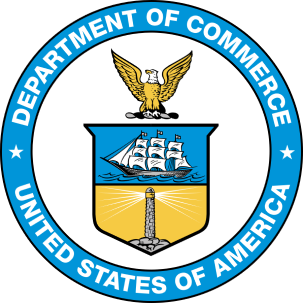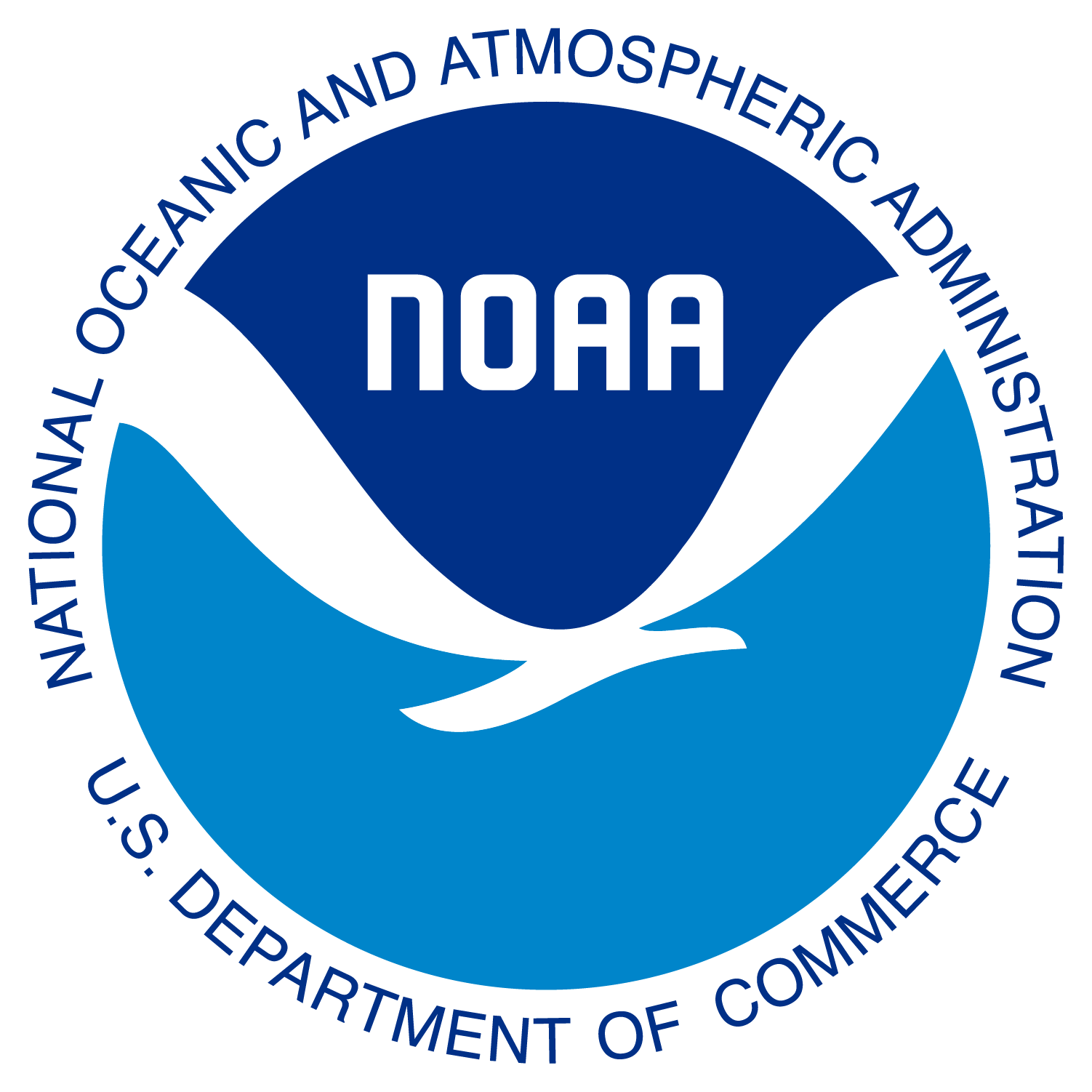 |
|
MODIS Remote Sensing Reflectance at 667 nm (Rrs667)The remote-sensing reflectance (Rrs) is related to the inherent optical properties of the water and its dissolved and particulate constituents. Rrs is calculated by the ratio of the normalized water-leaving radiance to the downwelling solar irradiance. The remote sensing reflectance in the red wavelengths (667 nm on MODIS or 670 nm on SeaWiFS) has been used as a surrogate for sediment concentration in the water column (Stumpf and Pennock, 1989; T. Wynne et al. 2005). As the sediment load in the water column increases, the reflectance in the red wavelengths will increase. Wynne (2005) used a SeaWiFS Rrs670 value to estimate resuspended benthic chlorophyll a concentrations, with the assumption that benthic chlorophyll is resuspended at about the same rate as sediment. As a sediment index, Rrs for red wavelenths indicates relative amounts of sediment only (high vs. low sediment amounts) and is not an estimation of sediment concentration or suspended matter concentration. CoastWatch provides Rrs667 products in near-real time from the Moderate Resolution Imaging Spectroradiometer (MODIS) on-board the NASA Earth Observing System (EOS) Aqua satellite. Products generated by NOAA are of operational quality and will likely differ from the same product generated by NASA. This product is available for February 2013 - October 2022. Science quality MODIS ocean color products are available from NASA's Ocean Biology Processing Group. Data Access
References: |
|

